Why “Keeping Your Head Down” Is Killing Your Golf Game
Golf tips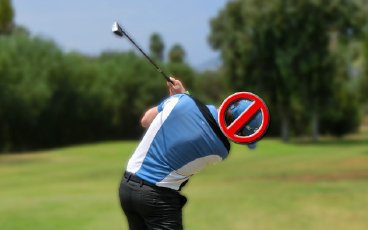
Every time I meet a new golfer, I’m greeted by the same old clichés. And some might be causing you more trouble than they are worth. So I’m going to do a job that every coach out there wants and needs:I’m going to kill a few clichés.
Head Down
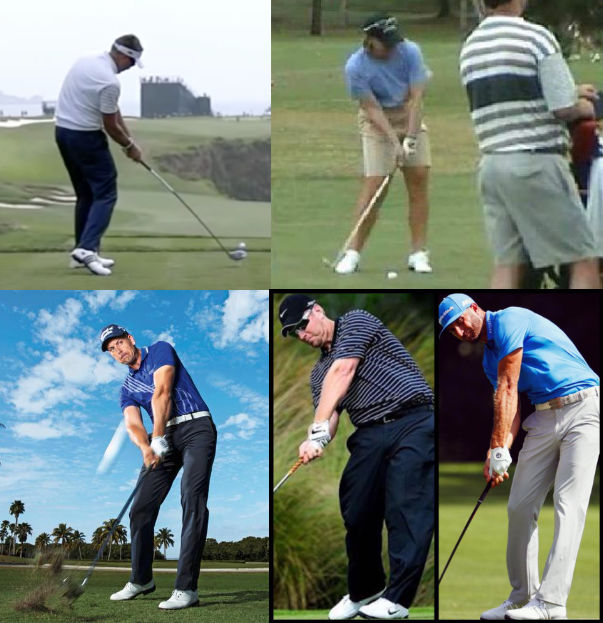 First of all, let’s define what it means, because it can be interpreted differently.
First of all, let’s define what it means, because it can be interpreted differently.
Some players will interpret “head down” as meaning they should keep looking at the ground for as long as they can and not “look up” at where the ball has gone.
But, if this created good shots, why
- Does Robert Allenby have 22 professional wins?
- Was Annika Sorenstam arguably the greatest ever lady golfer?
- Is Henrik Stenson a major winner, having spent over 250 weeks ranked in the World top 10.
- Was David Duval world number 1 before Tiger Woods came on the scene, having shot a 59 and won 13 tournaments (including a major).
- Is Dustin Johnson World number 1
Head Rise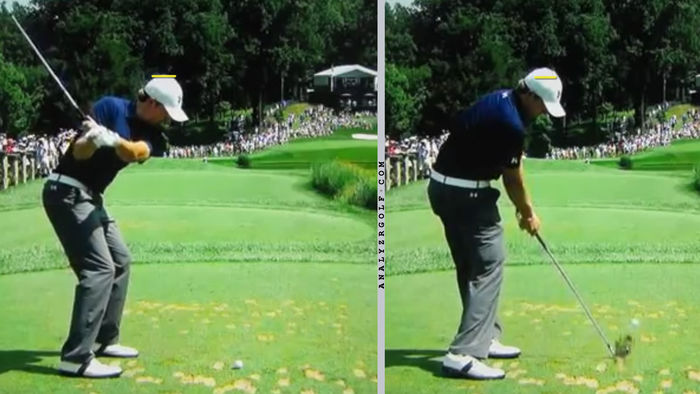
“But, Adam”, I hear you say.
“I’m concerned with my head actually lifting up as I am coming into contact with the ball”.
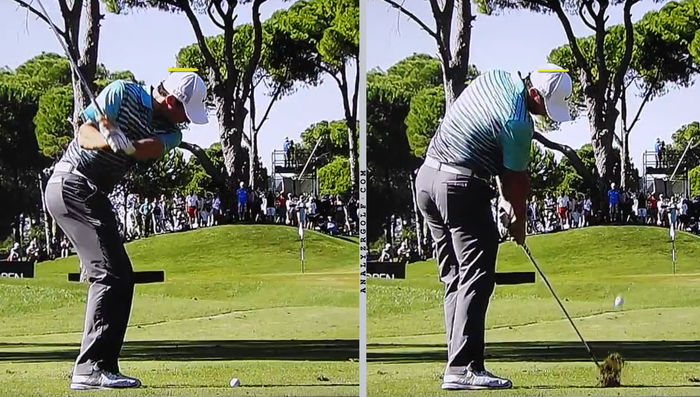 Again, this is not necessarily an issue. If it were, then Spieth might have struggled.
Again, this is not necessarily an issue. If it were, then Spieth might have struggled.
McIlroy wouldn’t be good.
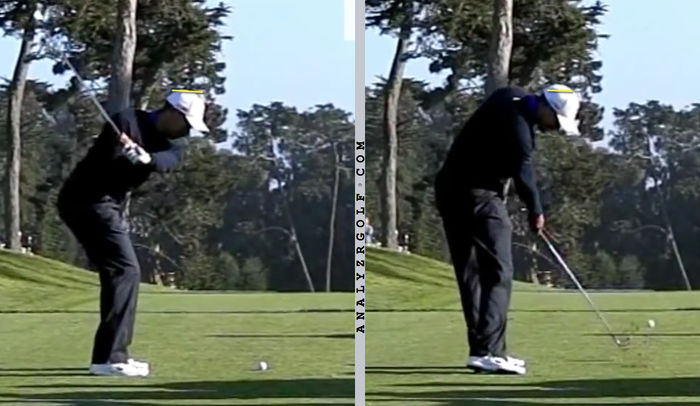 Tiger Wouldn’t have been one of the greatest ever to have lived.
Tiger Wouldn’t have been one of the greatest ever to have lived.
In fact, a whole host of players “spring up” through impact.
So, Why Do You Say It?
Whenever a golfer hits a bad shot, we look for an answer.
We ALWAYS look for an answer.
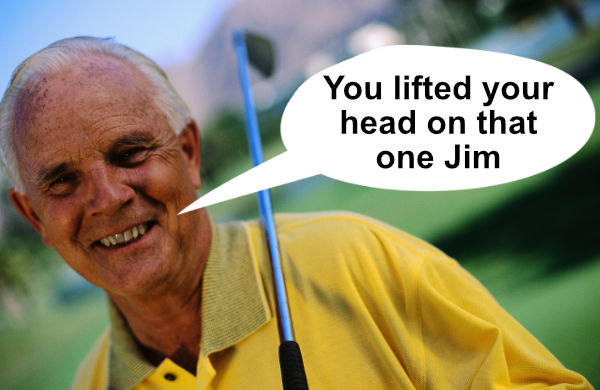 And, usually, when we have a playing partner with us, they are going to be the “residential expert” who throws the cliché book at you.
And, usually, when we have a playing partner with us, they are going to be the “residential expert” who throws the cliché book at you.
“Hmmm”. A shadow of doubt is cast in your mind. “Maybe he’s right” you think.
So, for the next shot, you keep your head down and BAM – you hit a decent shot.
So it must have been the key, right?
Be Careful
 I once had a watch. It ran out of battery one day. I whacked it against a table. It started again and continued for another month.
I once had a watch. It ran out of battery one day. I whacked it against a table. It started again and continued for another month.
Do you see what I’m saying?
Just because you made something work doesn’t mean you did it in the right way. In fact, you might have done it in a way which could hold long term detriment, such as whacking my watch on the table.
Eventually that watch broke. Let’s find out how the “keep your head down” mantra might break your swing.
Spin City
Good players rotate.
Their bodies open up as they start the downswing (in conjunction with a lateral shift), and a professional golfer’s chest can be as much as 30 degrees open at impact.
 This rotation helps the lead shoulder to work away from the ball, which helps produce forces on the grip of the club which can speed it up.
This rotation helps the lead shoulder to work away from the ball, which helps produce forces on the grip of the club which can speed it up.
Watch this video clip below of the lead shoulder movement.
The lead shoulder moving away from the ball (through the chest opening up) also helps to change our hand path into a more favorable “up-and-in” motion, a topic I talk about in The Strike Plan.
This desired hand path can aid us in creating a more consistent arc height, as well as a better ground contact – keys for consistent striking.
However….
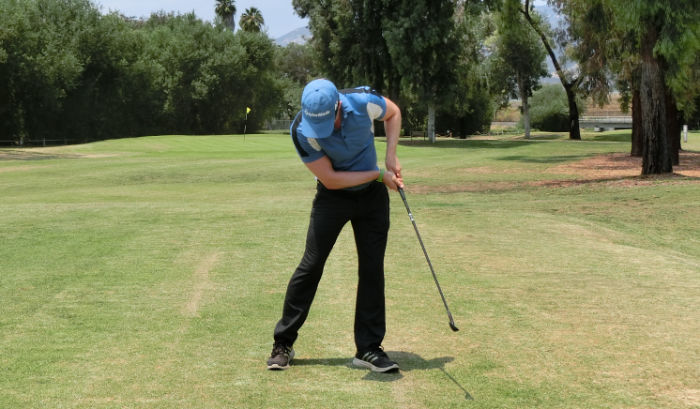 If you try to “keep your head down”, you often ruin your ability to rotate your body. This results in poor and inconsistent contact, as well as your arms collapsing (in order to try and fake a better hand path).
If you try to “keep your head down”, you often ruin your ability to rotate your body. This results in poor and inconsistent contact, as well as your arms collapsing (in order to try and fake a better hand path).
Lots of players then take it further and try to force their arms straight to avoid the inevitable arm-collapsing-chicken-wings
Combining “head down” with “straight arms” can be lethal.
Hand Path Down
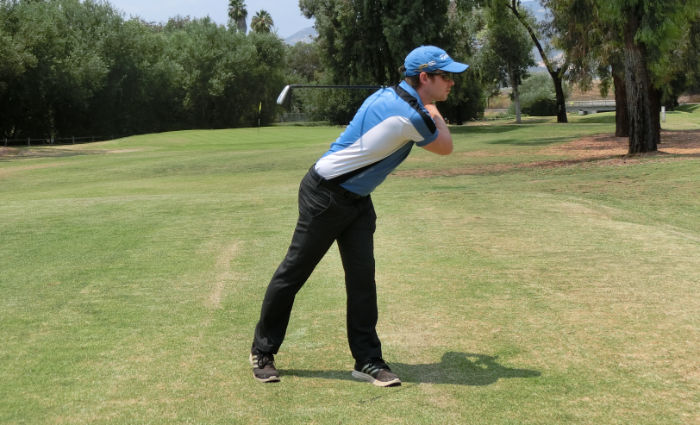 Ever see this end position?
Ever see this end position?
Yeah, it’s associated with choppers and I call it the “old man” finish.
A lot of times this is caused by trying to keep your head and body down for too long, instead of allowing it to spring up as you are rotating.
This can make the movement of the lead shoulder less than desirable.
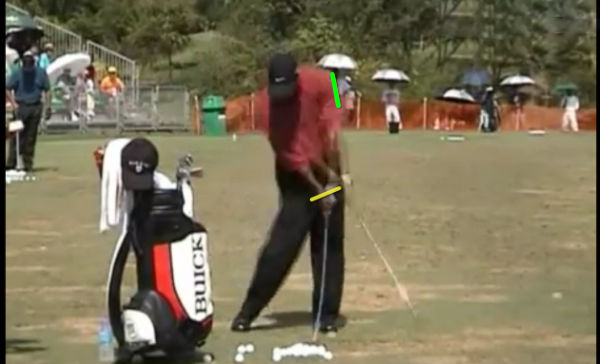 If the lead shoulder movement is poor, this will often create a hand path which moves too linear, instead of up and away from the ball.
If the lead shoulder movement is poor, this will often create a hand path which moves too linear, instead of up and away from the ball.
Here we see Tiger demonstrating a left shoulder movement which is dramatically upwards (green) which allows the hand path to also move up (yellow).
A hand path which is too linear can kill strike consistency, swing path and clubface consistency, speed generation (through parametric acceleration), and may even create wrist/forearm injuries.
Internal Focus
Apart from the mechanical detriments to thinking of keeping your head down, this thought process is what we deem an “internal focus of attention”. This is where our attention is directed inwards towards our body movements.
Over 15 years of motor learning research has concluded that internal focuses tend to produce negative effects including
- Reduced performance
- Reduced learning
- Detriments to coordination
- Reduced outcome consistency
- Poorer connection to the task
While I don’t agree with all of the research (the situation is more complex and more things have to be taken into consideration than the studies suggest), I would agree with the general consensus of internal focuses of attention being less optimal for most golfers.
I discuss these concepts in The Practice Manual – The Ultimate Guide for Golfers. I look at other forms of attentional focus, as well as how to test to see what is best for you.
The Kicker
I promised it, and here it is.
We have seen that some of the best players to have played the game lift their heads/look up early (both elevating and rotating).
We have also seen that trying to actively keep your head down can ruin
- body rotation
- lead shoulder movement
- hand path
- strike consistency
- directional consistency
- speed
- potentially cause injury
But there is also this interesting fact.
Whenever I get a “head lifter” (someone who thinks they are lifting their head early and causing bad shots), I run a little experiment.
I film their swing when they have hit a great shot. I also capture a swing on camera when they are “sure” they lifted their heads. We then compare the swings side by side.
After running this experiment hundreds of times, I have not seen a single case where someone has lifted their head earlier in the bad shot.
Not…a….single…case!
 The more surprising part to the pupil is that, in most cases, the worst shot they hit was the one they kept their head down the longest.
The more surprising part to the pupil is that, in most cases, the worst shot they hit was the one they kept their head down the longest.
Even though they felt otherwise.
So even when you think you are lifting your head early, it is highly unlikely that you are actually doing it.
So Why Do We Think We Did?
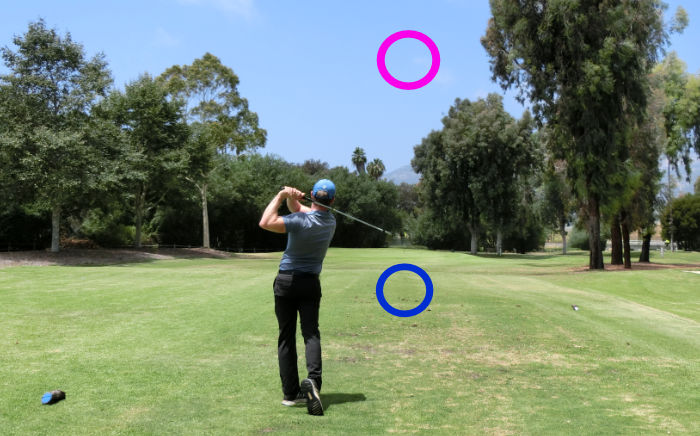 Golfers will often say they lifted their head after a topped/thinned/bladed golf shot.
Golfers will often say they lifted their head after a topped/thinned/bladed golf shot.
I believe this is because there is a disconnect between where the player expects the ball to be versus where it actually is when they first catch sight of it.
Player expects to see the ball in the Pink zone, but ball is actually in the blue zone
The player then believes that they lifted their head early, because the ball flight is lower than where their eyes are looking.
Matters are not helped when “Bob-24-handicap” dispenses his timely advice and tells you that you “looked up”.
What Really Happened?
As always, whenever an issue pops up with a golf shot, it’s best to first trace it to the lowest common denominator – impact.
How did the club interact with the ball to cause it to fly the way it did?
When you find this answer, THEN you can start the problem-solving process.
In most cases of “looking up early”, it is an issue of poor ground contact or poor clubface contact (missing the sweet spot).
This is why some of the top professionals can still lift and rotate their heads and STILL play elite level golf. Top pros strike the face and the ground effectively, so their head lift (or lack of) is irrelevant.
If you want to get better at this game, stop trying to keep your head down, and start working on better contact instead. This is far more relevant to your shot quality and scores.
This is the whole reason why I developed The Strike Plan – so that amateurs can learn these skills and gain more rapid success – hitting longer and more consistent golf shots.

